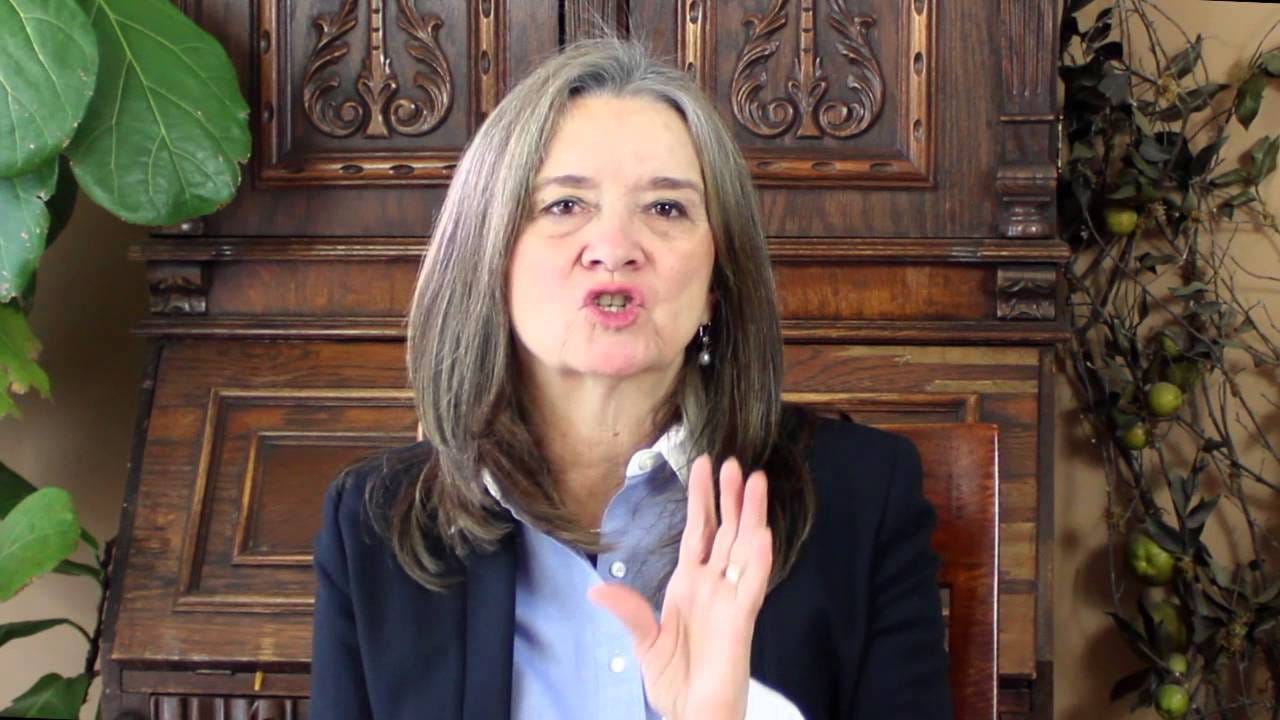Getting Schooled
Before professionally stepping into the role of teacher three years ago, my previous experience of the classroom was as a student (elementary, junior and senior high, college, and then graduate level at seminary). Maybe it's because I've had such little formal training that I am fascinated by educational history and the theories behind what goes on in classrooms. While I used to feel intimidated by what I thought I didn't know as a teacher, my increasing sense over the past three years is that I may not have missed as much as I once imagined, mostly because so much of it is out-of-date.
Last Friday, Westminster hosted a teacher in-service for educators within independent schools of St. Louis. The speaker was Dr. Heidi Hayes Jacobs, and there were about 300 folks in attendance. I've been to a few of these day-long training sessions before, but this one topped the list in terms of providing the best mix of theoretical/practical and strategic/tactical content.
While Westminster is further down the road in several ways in providing a so-called “21st-century education,” we got the equivalent of an educational spanking (made easier by some dry humor and a free lunch), as what has been taught and passed on for decades within the American school system is painfully outdated, and our best effort at making a shift forward is barely keeping up. This doesn't mean there aren't some good or even "out front" things going on in American education today, but compared to the rest of the world, we're lagging behind as a whole.
Think about this:
The majority of schools (public or private) are running on an educational model established in 1892 (think factories and mass production), with most "current" curricula and practices created and coming out of the 1970s.
What is needed to improve this reality is two-fold: short-term upgrades (revision and replacement of dated curriculum and assessment types with more vital contemporary forms), and long-term versioning (new versions of the program structures in our school and institutions that house curriculum and instruction). We shouldn't go "back to basics" but "forward to new basics."
Assessment is a demonstration of learning in which the focus should be on feedback. We should design cumulative assessment that helps the learner revise his or her performance independently rather than the teacher revising it for him or her. The focus should be on developing self-assessment rather than just providing teacher assessment.
We need a curricular commitment from each teacher with regard to technology. What this commitment includes should be an integrated use of technology that enhances content, an application to a specific unit of study, and one that is evidenced directly in student products and performances. What this commitment is not is the limited and immediate use of a technological tool (i.e. using an LCD projector vs. an overhead; using a computer vs. a typewriter; or using a smart board vs. an LCD projector).
Each teacher should commit to identifying at least one specific unit to revise; planning to replace a specific content, skill, and assessment practice with a 21st century upgrade within the unit; sharing the proposed change with colleagues; learning to use the tool that will be requisite to replace the current unit design with the new practice; revising the unit and begin implementation with students; tolerate a certain degree of frustration; celebrating victories; and reviewing and sharing results with peers.
With regard to issues of schedule, student grouping patterns, teacher configurations, and space (both physical and virtual), decisions have to be made about all of these elements together, as the whole is the sum of the parts. Key principle: form should follow function (not reverse). I've appreciated Westminster's approach to much of this in the new building currently in design.
More on grouping students: we need to replace "ability" groups which focus on student labels and focus on grouping by skills, literacy (language, information, cultural, global), and independent study needs. We also need to rethink lower and upperclassmen models and seek to boost the dignity of both college and vocational career paths; in other words, all students should have some experience regarding both.
Based on world population percentages and realities, we ought to bag teaching French and focus more on languages like Mandarin Chinese, Hindi, and Arabic (we currently teach French, Spanish, and Latin). We also need to teach all subjects with a more global emphasis (geo-economics, geo-politics, etc.) and do away with state-distinctive education, especially since our American population is so mobile between states.
We need to rethink the length of the school year, which, since 1892, has roughly been 180 days and largely based on an agrarian calendar. At least five of these days should be allotted for professional development and review of assessment data. Considerations need to include year-round or summer semester options, with consideration given to days not having to be on-site-task vs. seat time.
Teacher configurations should include multiple affiliations and task forces grouped to solve specific problems. We should also group teachers both vertically (departments) and horizontally (grade level/age level/skill level) so as to foster better continuity in advancing students.
We should rethink our "12 grades" compulsion, allowing for early graduation if/when a student is ready, or an additional year if/when the student is not. We need to replace seat time with task completion that might be accomplished virtually.
There's plenty more where all that came from, but I won't bore you. The fact is that the American education system is in dire need of a major philosophical shift, but this transition seems next to impossible because the key elements of the system (schedule, student grouping patterns, teacher configurations, space) have been in place for the past 100 years. It's the 21st century, but the American school system is and has been stuck - not in the 20th century, but in the 19th.




